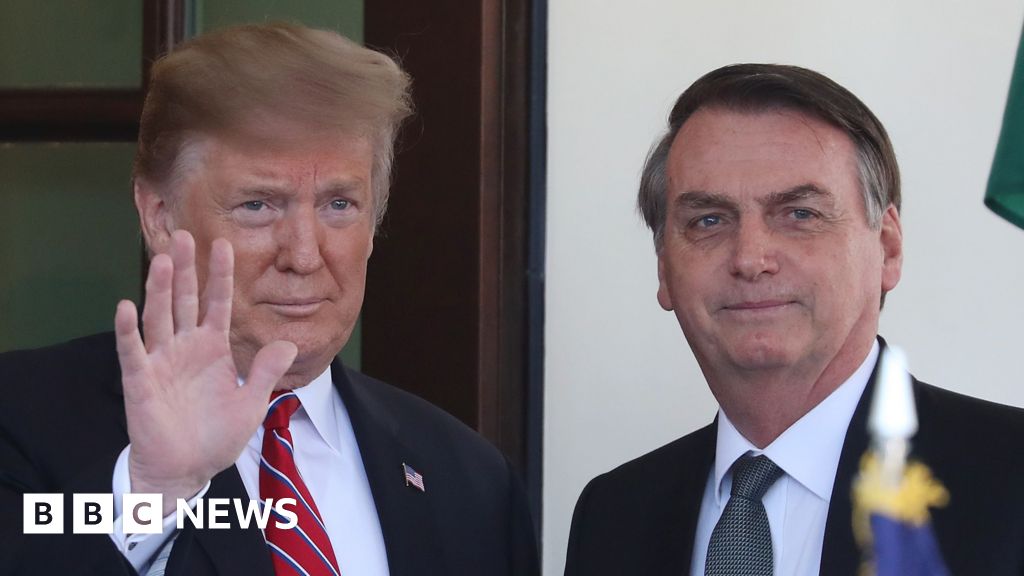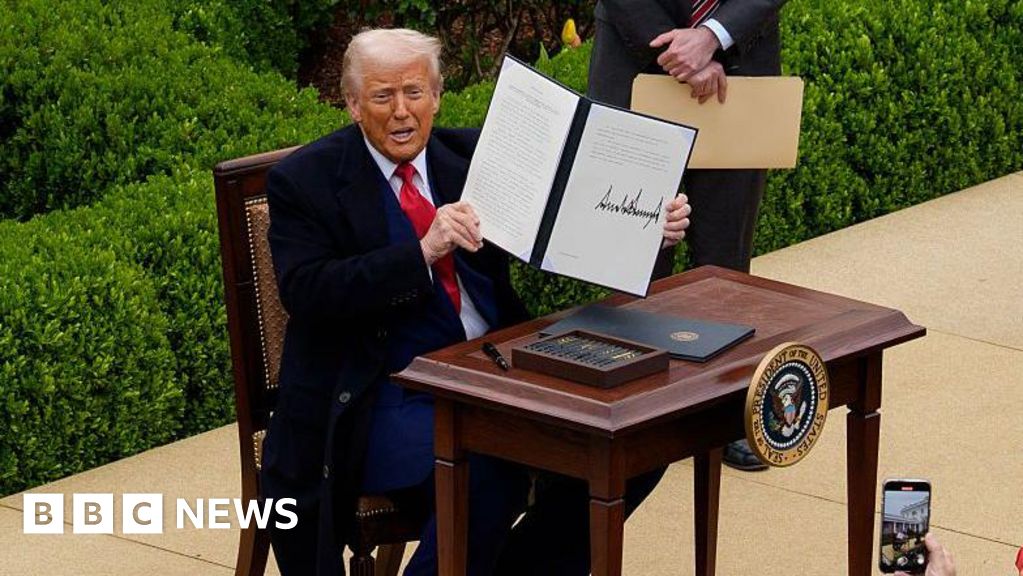SUN, a DeFi token based on the TRON blockchain, has been in a downturn recently after spiking in the summer of 2025. With the platform’s founder, Justin Sun, being granted a pause in his ongoing court case with the United States Securities and Exchange Commission (SEC), investors will hope that SUN will be able to turn around.
On March 10, 2025, SUN was worth about $0.0165.
Let’s now take a look at our Sun price prediction, made on March 10, 2025. We’ll also examine Sun’s price history and explain what it is and what it does.
Sun Price Prediction
Let’s analyze the Sun price predictions CCN made on March 10 2025. It is crucial to remember that price forecasts, particularly for a potentially volatile asset like cryptocurrency, often turn out to be inaccurate.
| Minimum SUN Price Prediction | Average SUN Price Prediction | Maximum SUN Price Prediction | |
|---|---|---|---|
| 2025 | $0.01 | $0.035 | $0.08 |
| 2026 | $0.015 | $0.05 | $0.12 |
| 2030 | $0.03 | $0.15 | $0.40 |
Sun Price Prediction 2025
SUN’s price action in 2025 largely depends on whether it successfully breaks out of its current descending structure and establishes a new bullish trend. If momentum sustains, a moderate recovery toward $0.035 will likely reach $0.08 if broader market conditions turn highly favorable.
Sun Price Prediction 2026
By 2026, if SUN maintains a steady uptrend supported by growing adoption and bullish market cycles, it could average around $0.05. However, speculative interest and potential ecosystem expansion could push it as high as $0.12 in a strong bull market.
Sun Price Prediction 2030
Long-term projections for 2030 depend on SUN’s utility and integration within DeFi or staking mechanisms, which could significantly impact demand. If adoption accelerates and the broader crypto market remains bullish, the price could potentially surge to $0.40, while a weaker market scenario may limit growth to around $0.15.
Sun Price Analysis
SUN completed a five-wave Elliott Wave impulse, peaking near $0.046 before entering a corrective WXY pattern that appears to be concluding. The correction found support at $0.016, aligning with the 0.786 Fibonacci retracement level.
A descending triangle has formed, with price action recently testing its lower boundary. The RSI remains in oversold territory, suggesting selling exhaustion.
Additionally, declining volume often precedes a breakout, hinting at a potential reversal. If SUN maintains support at current levels, it could indicate the formation of a long-term bottom.
For a bullish reversal, SUN must break above the descending trendline and reclaim the 0.618 Fibonacci level at $0.02. A confirmed breakout would likely trigger renewed buying interest and further upside movement.
The Sun price prediction for the next 24 hours depends on breaking above the trendline.
Short-term Sun Price Prediction
On the 4-hour chart, a smaller descending triangle reinforces the possibility of a breakout. The Elliott Wave count suggests that the wave e of a contracting triangle has likely concluded, positioning the price for an upward move.
If a breakout occurs, the first target lies at $0.025, followed by $0.030 and $0.035. Given the deep retracement, an impulsive wave one could push toward these resistance levels.

However, failure to maintain support at $0.016 could invalidate this scenario, leading to further downside toward $0.005. The RSI on the four-hour timeframe remains low but has started to turn upward, supporting the potential for a breakout.
A decisive move above the descending trendline, accompanied by rising volume, would confirm a trend reversal, potentially pushing SUN into the mid-$0.020s soon.
Looking for a safe place to buy and sell SUN? See the leading platforms for buying and selling SUN
Sun Average True Range (ATR): SUN Volatility
The Average True Range (ATR) measures market volatility by averaging the largest of three values: the current high minus the current low, the absolute value of the current high minus the previous close, and the absolute value of the current low minus the previous close over a period, typically 14 days.
A rising ATR indicates increasing volatility, while a falling ATR indicates decreasing volatility. Since ATR values can be higher for higher-priced assets, normalize ATR by dividing it by the asset price to compare volatility across different price levels.

On March 10, 2025, SUN’s ATR was 0.00087, suggesting relatively low volatility.
Sun Relative Strength Index (RSI): Is SUN Overbought or Oversold?
The Relative Strength Index (RSI) is a momentum indicator traders use to determine whether an asset is overbought or oversold. Movements above and below the 50 line also indicate if the trend is bullish or bearish.

On March 10, 2025, Sun’s RSI was 36, indicating a bearish sentiment.
Sun Market Cap to TVL Ratio
The Total Value Locked (TVL) to market cap ratio (TVL ratio) measures the valuation of a decentralized finance (DeFi) project by comparing its market capitalization to the total value of assets locked in its smart contracts. This ratio shows the project’s utilization and links the platform’s health to locked asset value.
A ratio above 1.0 indicates overvaluation because the market cap exceeds the value of assets used in the platform. A ratio below 1.0 indicates undervaluation because the market cap is lower than the value of locked assets.

On March 10, 2025, the SUN TVL ratio was 0.18, suggesting undervaluation.
Sun Price Performance Comparisons
SUN is, basically, a DeFi protocol, so let’s compare it to other cryptos from the same category with similar market caps.
| Current Price | One Year Ago | Price Change | |
|---|---|---|---|
| SUN | $0.0165 | $0.01659 | -0.54% |
| CVX | $2.05 | $4.96 | -58.6% |
| WOO | $0.0882 | $0.5881 | -85% |
| GMX | $14.55 | $56.93 | -74.4% |
Best Days and Months to Buy Sun
We looked at Sun’s price history and found the times when the price was at its lowest across certain days, months, quarters, and even weeks in the year, suggesting the best times to buy SUN.
| Day of the Week | Friday |
| Week | 34 |
| Month | March |
| Quarter | First |
SUN Price History
Let’s now take a look at some of the key dates in the Sun price history . While past performance should never be taken as an indicator of future results, knowing what the token has done in the past can give us some very useful context when it comes to either making or interpreting a SUN price prediction.

| Time Period | Sun Price |
|---|---|
| Last week (March 3, 2025) | $0.01809 |
| Last month (Feb. 10, 2025) | $0.02004 |
| Three months ago (Dec. 10, 2024) | $0.0252 |
| One year ago (March 10, 2024) | $0.01659 |
| Launch price (June 22, 2021) | $0.02037 |
| All-time high (Oct. 20, 2021) | $0.05436 |
| All-time low (Nov. 14, 2022) | $0.004632 |
Sun Market Cap
The market capitalization, or market cap, is the sum of the total SUN in circulation multiplied by its price.

Sun’s market cap on March 10, 2025, was $162 million, making it the 236th-largest crypto by that metric.
Sun Supply and Distribution
| Supply and distribution | Figures |
|---|---|
| Total supply | 19,900,730,000 |
| Circulating supply (as of March 10, 2025) | 9,825,830,282 (49.37% of the total supply) |
From the Sun Whitepaper
In its technical documentation or whitepaper , Sun describes it as “a social experiment filled with unlimited imaginations. It is a crucial component of the TRON DeFi.”
It says: “Together with the other developed decentralized finance (DeFi) projects, it enriches the whole TRON ecosystem. It may also take part in decentralized lending, insurance, liquidity, stablecoins, etc. SUN is completely initiated, driven and developed by the SUN community. All of SUN’s functionalities will be implemented by open-source smart contracts, and is wholly operated by the community. The functionalities are developed based on community initiatives. All proposals and decision making are voted via SUN within the community, minority obeys majority.”
Sun (SUN) Explained
Sun is a platform based on the TRON blockchain that allows people to swap stablecoins and participate in staking on the chain. Founded by TRON’s Justin Sun, the network is supported by the SUN token.
Because SUN is based on TRON, it is a token, not a coin. You might see references to such things as a Sun coin price prediction, but these are wrong.
How Sun Works
SUN holders can vote on changes to the Sun network. People can also buy, sell, and trade SUN on exchanges.
Is Sun a Good Investment?
It is hard to say at this time. While crypto has been on a downtrend recently, it is less than 1% down from a year ago. A lot will depend on how Justin Sun’s court case goes.
As ever with crypto, you will need to make sure you do your own research before deciding whether or not to invest in SUN.
Will Sun go up or down?
No one can really tell right now. While the Sun crypto price predictions are largely positive, price predictions have a well-earned reputation for being wrong. Keep in mind that prices can and do go down and up.
Should I invest in Sun?
Before you decide whether or not to invest in Sun, you will have to research SUN and other related coins and tokens, such as Cronos (CRO) or Cosmos (ATOM). Either way, you will also need to ensure you never invest more money than you can afford to lose.
FAQs
Will Sun reach $1?
Price predictions based on technical analysis suggest SUN won’t break past the dollar until at least the 2030s, if ever.
What is Sun used for?
SUN holders can vote on changes to the Sun platform. People can also buy, sell, and trade SUN on exchanges.
Disclaimer:
The information provided in this article is for informational purposes only. It is not intended to be, nor should it be construed as, financial advice. We do not make any warranties regarding the completeness, reliability, or accuracy of this information. All investments involve risk, and past performance does not guarantee future results. We recommend consulting a financial advisor before making any investment decisions.
Was this Article helpful?


















